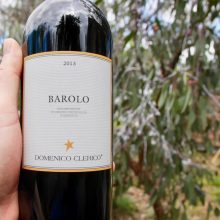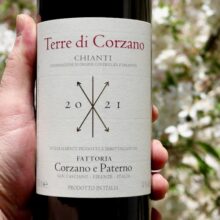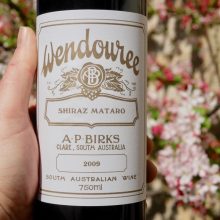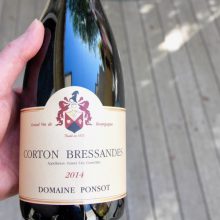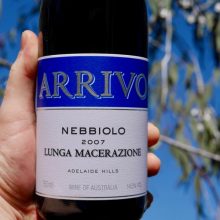
Product information
Arrivo Nebbiolo ‘Lunga Macerazione’ 2007
$72
Description
There are people that like wine, there are people that like Nebbiolo & then there are Neb-Heads that live, breath, and, dream the stuff! When they have to buy something, pay a bill or spend some coin they equate the amount to bottles of good Neb they could buy instead. Peter Godden is the very definition of a Neb-Head. Having worked with Alfredo and Luca Vietti during the truly great 1996 Barolo vintage, and bathed in Nebbiolo, he’s also been re-writing the rule book through his work with the Australian Wine Research Institute. Arrivo is the culmination of all of this.
The wines are superb! The ‘Lunga Macerazione’ version spent over 2 months on skins and the additional time makes for a fascinating comparison with the standard ‘Normale’ Arrivo. Here the texture, and, the development of secondary aromas and flavours mark the difference. Whilst there is still an abundance of tannin, it is Nebbiolo, there’s an extra edge of refinement and flow. The tannins are finer and caress your tongue. The restraint here adds sophistication and an extra level of balance. While the depth of flavour is similar the apparent length stands out. The balance of aromas and flavours tips towards savoury, truffles, and forest floor with less sweet opulence of fruit. I love the lythe, translucent nature and fine texture of this wine!
Comparing the with the ‘standard’ Arrivo is a great way to explore how extended maceration has changed the texture and flavour profile of the wine.
Out of stock
